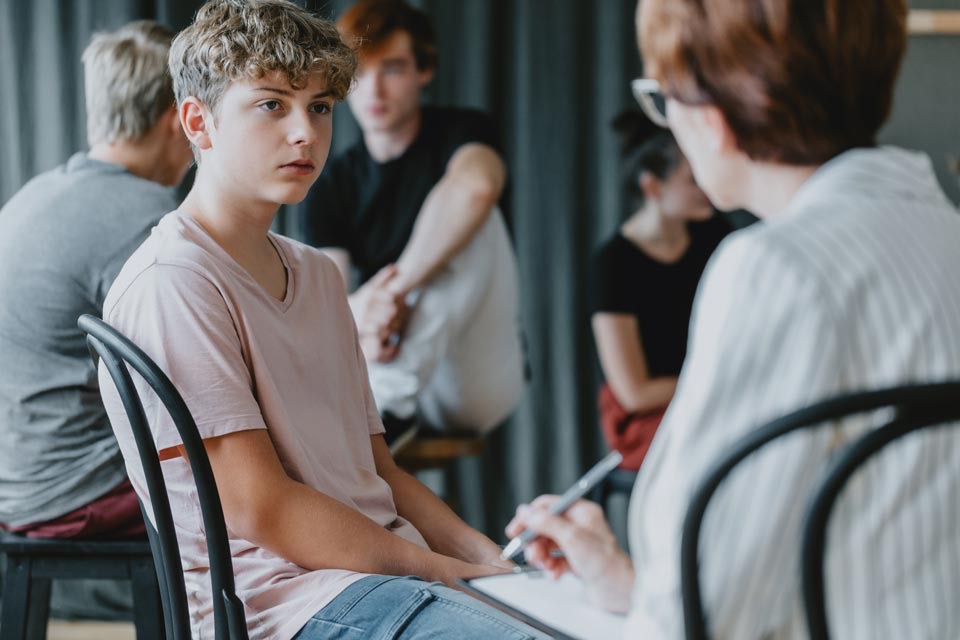When your child is inattentive and easily distracted, you may assume they have Attention Deficit Hyperactivity Disorder (ADHD). And they might, but anxiety often shows up in children in similar ways. While children with ADHD can be unfocused and inattentive because of differences in their brains, children with anxiety may show similar symptoms because they are distracted by worry and/or filled with nervous energy.
Learning the symptoms of each can help you tell the difference.
Signs of Anxiety Include:
Physical Symptoms:
The physical symptoms can be stomachache, headache, muscle tension, sudden bursts of energy, sweating, and restlessness. Children with anxiety often are fidgety and have trouble sitting still.
Emotional Symptoms:
The emotional symptoms might come across as irritability, nervousness, crying, feelings of being overwhelmed, easily set off, and dread.
Cognitive Symptoms:
The symptoms include lack of concentration, worrying, looking ahead constantly, over-thinking things or getting caught up in the details of something, forgetting, easily embarrassed, repetitive thoughts, and rigid expectations of how things should go.
Behavioral Symptoms:
The behavioral symptoms might look like avoidance of stress or social interaction, repetitive behaviors (handwashing, checking and rechecking to make sure they didn’t miss something), organizing objects, and hoarding. They often have a “freeze” response when overwhelmed and the anxiety sabotages their goal achievement due to fears of success or failure.
Signs of ADHD Include:
- Inability to focus
- Inattention to details
- Easily distracted
- Doesn’t seem to listen or follow directions
- Lacks organization
- Loses things
- Forgetful
- Hyperactivity: can’t sit, constantly on the go, talks excessively, blurts out comments, can’t wait for things, interrupts or intrudes during social interaction, does things quickly, doesn’t think through things or consider consequences (“snap judgment”).
ADHD and Anxiety: Commonalities and Differences
Anxiety and ADHD share overlapping symptoms, to include inattention/poor concentration, forgetfulness or poor memory functioning, restlessness, and fidgeting. It is, of course, important to know your child and recognize these symptoms.
There are also important distinctions between ADHD and anxiety that can help in differentiating between the two for your child. These include:
- Disorganized (ADHD) vs. being unnecessarily organized or perfectionistic (anxiety)
- Impulsive and not thinking enough (ADHD) vs. thinking ahead too much about the future (anxiety)
- Impulsive behaviorally (ADHD) vs. behaviorally inhibited and fearful (anxiety).
By monitoring your child’s behaviors over time, you may be able to tell the difference between ADHD and anxiety. Even more importantly, monitoring and tracking symptoms will help you to know your child better so you can share their symptoms with a professional. While some of the presenting symptoms are similar, the treatment is different for each condition.
Psychological testing is effective in differentiating these symptoms and determining whether your child has ADHD, anxiety, or both. With an accurate diagnosis, a psychiatrist, psychologist, or therapist can help provide the appropriate treatment so your child can begin to focus and function appropriately at home, in school, and in the community.

